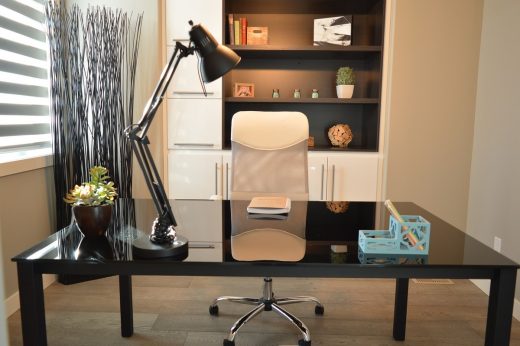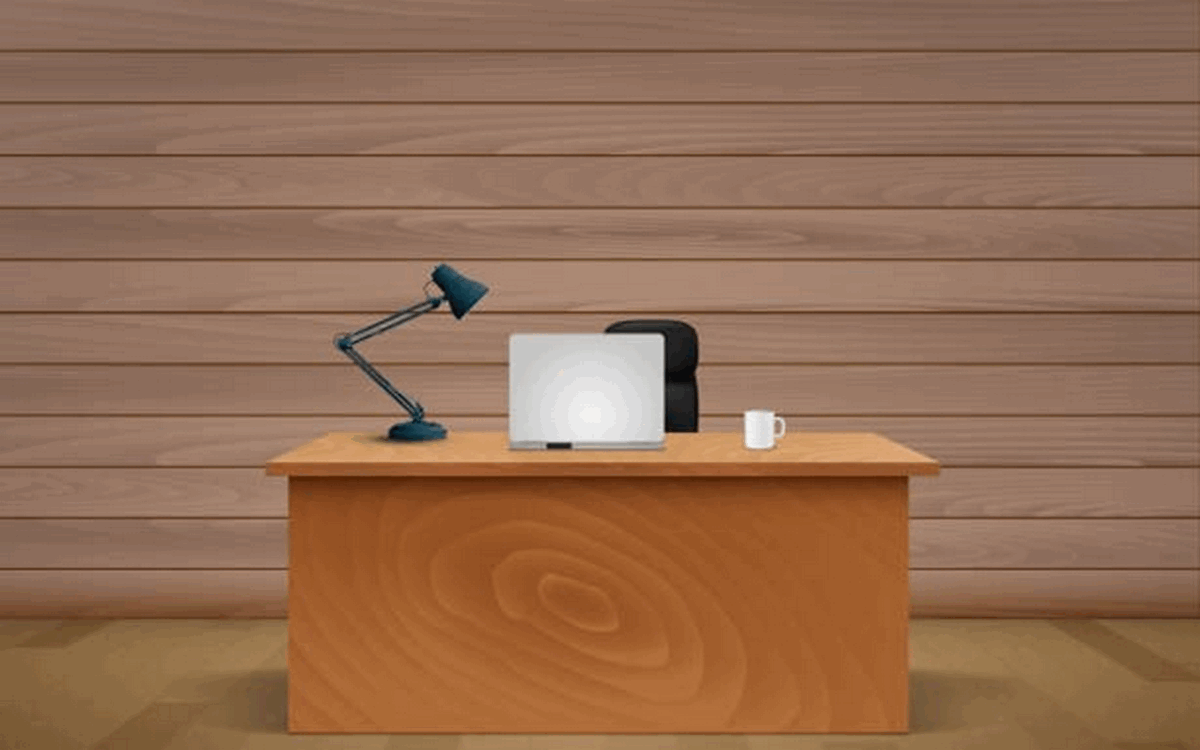Evolving trends in modern office table design, balancing functionality and aesthetics, Contemporary work space desk style
Evolving Trends in Modern Office Table Design: Balancing Functionality and Aesthetics
22 Nov 2023
Introduction Office Table Design
In the ever-changing landscape of the contemporary workplace, office design plays a pivotal role in enhancing productivity, collaboration, and employee well-being. Among the essential elements of office furniture, the office table stands out as a focal point where work happens, ideas are generated, and collaborations take shape. This article explores the evolving trends in modern office table design, highlighting the fusion of functionality and aesthetics that defines the contemporary workspace.
Adaptable Designs for Flexible Workspaces
One of the prominent trends in modern office table design is the emphasis on adaptability and flexibility. With the rise of flexible work arrangements and the increasing popularity of co-working spaces, office tables are designed to cater to a variety of work styles. Adjustable height tables, for instance, allow employees to switch between sitting and standing positions, promoting better ergonomics and reducing the negative impacts of prolonged sitting.
Collaborative Spaces and Open Plan Layouts
>Modern workplaces are moving away from traditional cubicles and closed offices towards open-plan layouts that foster collaboration and communication. In response to this shift, office table designs have evolved to support teamwork. Larger, communal tables with integrated power outlets and cable management systems facilitate group discussions and collaborative projects, promoting a dynamic and interactive work environment.
Integration of Technology
The integration of technology is a key aspect of contemporary office table design. With the increasing reliance on electronic devices, tables are now equipped with built-in charging stations, wireless charging capabilities, and connectivity options. Cable management solutions are seamlessly integrated into the design to maintain a clean and organized workspace, reducing clutter and distractions.
Eco-Friendly Materials and Sustainability
Sustainability is a growing concern in the design industry, and office furniture is no exception. Modern office tables often incorporate eco-friendly materials, such as recycled wood, reclaimed metal, and sustainable laminates. Additionally, some designs prioritize longevity and durability, reducing the need for frequent replacements and minimizing environmental impact.
Customization and Personalization
Recognizing the diverse preferences and work styles of employees, modern office table designs offer a high degree of customization. Companies are increasingly investing in furniture that can be tailored to meet the specific needs of their workforce. This personalization extends beyond aesthetics to include functional features, allowing employees to create a workspace that enhances their individual productivity.
Aesthetics and Brand Identity
While functionality is paramount, aesthetics play a crucial role in shaping the overall atmosphere of the workplace. Modern office table designs often reflect a minimalist and sleek aesthetic, with clean lines and neutral colors dominating the scene. Companies are using office furniture in London as a means of expressing their brand identity, incorporating design elements that align with their corporate culture and values.
Versatility in Design
Versatility is a hallmark of contemporary office table design. Tables that can serve multiple purposes, such as doubling as a meeting table and a collaborative workspace, are gaining popularity. This versatility optimizes the use of space, allowing companies to adapt to changing needs without significant furniture overhauls.
Wellness and Ergonomics
Employee well-being is a top priority in modern workplaces, and office table design plays a crucial role in promoting wellness. Ergonomically designed tables that support proper posture and reduce physical strain contribute to a healthier and more comfortable work environment. Some tables even incorporate features like built-in lighting to reduce eye strain and enhance focus.
Mixing Materials and Textures
To add visual interest and sophistication to the workspace, modern office tables often feature a mix of materials and textures. Combining metal with wood, glass, or textured laminates creates a visually appealing contrast. This approach not only enhances the aesthetic appeal of the office but also contributes to a more stimulating and inspiring work environment.
Evolving trends in modern office table design Conclusion
In the dynamic world of modern office design, the evolution of office tables reflects a commitment to creating workspaces that are both functional and aesthetically pleasing. From adaptable designs that cater to various work styles to the integration of technology and sustainable materials, contemporary office tables are at the forefront of shaping the way we work. As the workplace continues to evolve, so too will the designs of the tables that support our daily tasks, fostering a culture of innovation, collaboration, and employee well-being.
Comments on this guide to Evolving Trends in Modern Office Table Design: Balancing Functionality and Aesthetics article are welcome.
Table Furniture
Table Design Posts
How to Clean and Maintain a Teak Table

What are the different types of tables
Different Types Of Dining Table Materials
Furniture
Furniture Posts
Choosing the Ideal Upholstery for your Furniture
From ordinary to extraordinary: custom furniture
Residential Architecture
Comments / photos for the Evolving Trends in Modern Office Table Design: Balancing Functionality and Aesthetics page welcome





